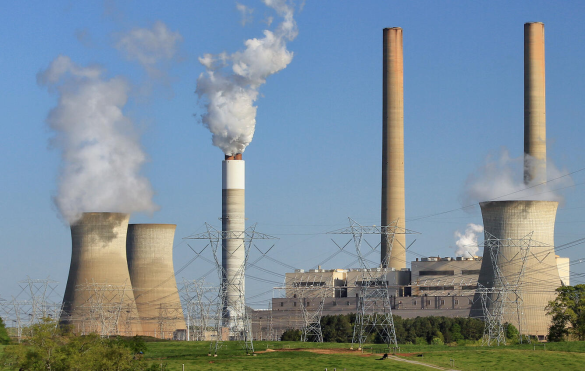The City of Tshwane is moving forward with a grand initiative to procure or revive 1,000 megawatts (MW) of electricity generation capacity by 2026. This strategic act aims to enhance the security of the city’s energy supply and reduce its reliance on Eskom, South Africa’s main electricity supplier. The announcement came from Executive Mayor Cilliers Brink during the inaugural Tshwane Energy Summit.
Mayor Brink outlined the city’s strategy, which includes seeking partnerships with independent power producers (IPPs) due to financial constraints preventing the city from undertaking generation projects alone. The plan includes reviving generation at the mothballed Pretoria West and Rooiwal coal stations, offering 40-year leases and exploring utility-scale renewable generation on greenfield sites within the metropolitan area.
In February, the city initiated a request for information to measure the interest of IPPs in constructing alternative and renewable energy projects. The responses from this request have recently been evaluated and will inform the drafting of a more detailed request for proposals (RFP).
The city is also looking to hire a transaction adviser to manage the revival of generation at the Pretoria West and Rooiwal sites, recognizing the complexities of these projects. This includes a controversial proposal to restart coal generation at Rooiwal, which has a nameplate capacity of 300 MW and has been dormant for about a decade, despite the integrity of its core infrastructure.
The prospects for resuming operations at the older and fire-damaged Pretoria West plant are less certain. Brink acknowledged that the primary value of these sites lies in their proximity to grid networks, which are crucial for power evacuation. Guidance from the soon-to-be-appointed transaction adviser and market responses will shape the city’s technological choices before issuing an RFP. “We don’t want to limit our options prematurely. We plan to present our infrastructure and let the transaction adviser help us maximize market responses,” Brink explained in an interview with Engineering News at the summit.
It is possible that the RFP for greenfield renewable energy projects may be issued separately and before the RFP for the Pretoria West and Rooiwal sites, reflecting the distinct challenges and opportunities each project presents. Details about the financial model for these projects remain unclear, particularly whether Tshwane will offer power purchase agreement guarantees similar to those underpinning national government’s renewables projects. Brink also highlighted the need for a supportive policy environment, including a new wheeling framework that would lower risks by allowing IPPs to contract with multiple customers rather than relying on a single financially unstable buyer.
Addressing the city’s financial challenges is a priority for Brink, who is spearheading efforts to recover R6 billion of the city’s R23 billion in outstanding debts as a short-term goal. “As much as we want to become independent from Eskom, we need to restore our credibility and financial health to build meaningful relationships with IPPs,” Brink stated.
In addition to procuring large-scale generation capacity, Tshwane is also reviewing its feed-in tariff to make it more appealing to businesses and households interested in selling power back to the grid, especially following a spike in rooftop solar installations across the region. The city’s approach to integrating prosumers and embedded generators into its energy network is part of a comprehensive resource plan currently being developed with the Council for Scientific and Industrial Research, based in Tshwane.



